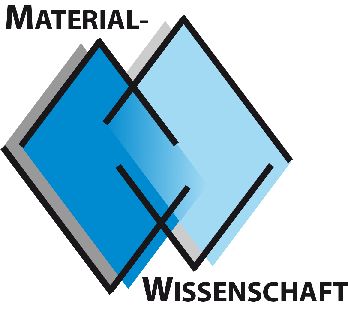Media review: TU Professor Gutfleisch on Rare Earth Elements
Why Rare Earth Magnets Are So Hard to Replace
2025/11/06

TU Professor Oliver Gutfleisch shed light on the importance of Rare Earth Elements (REEs) in an interview. In his contribution to the “International Round Table on Materials Criticality” (IRTC) blog, he explains why alternatives to Rare Earth Elements are difficult to find, and why these raw materials are not actually that rare.
The use of Rare Earth Elements is essential for numerous modern technologies, as Gutfleisch emphasizes: Magnetic materials containing these elements are often the cornerstone of the development of everyday devices such as smartphones, headphones, and LED lights, as well as complex systems in wind turbines, electric vehicles, robotics, magnetic cooling, and advanced energy systems.
However, the global dependence on these raw materials and their supply chains is high and is exacerbated by geopolitical tensions. The processing of Rare Earth Elements is particularly critical, less so the mining itself. Although China's share of global mine production has fallen to about 60 percent, the further processing and the manufacturing of high-performance magnets are still over 90 percent concentrated in China. Gutfleisch and his team at TU Darmstadt are pursuing diverse strategies to reduce this dependency through their research in the DFG-funded Collaborative Research Centre CRC/TRR 270—ranging from the development of low-rare-earth magnets to magnets that do not use Rare Earth Elements at all.


